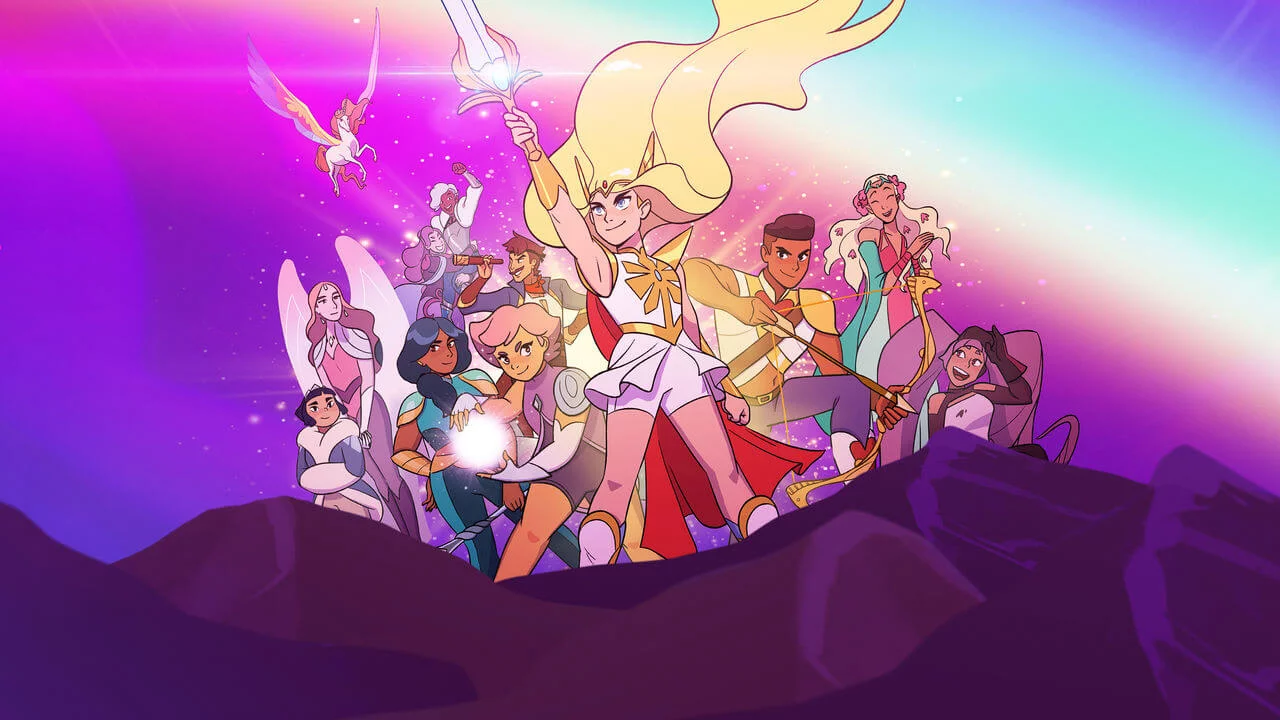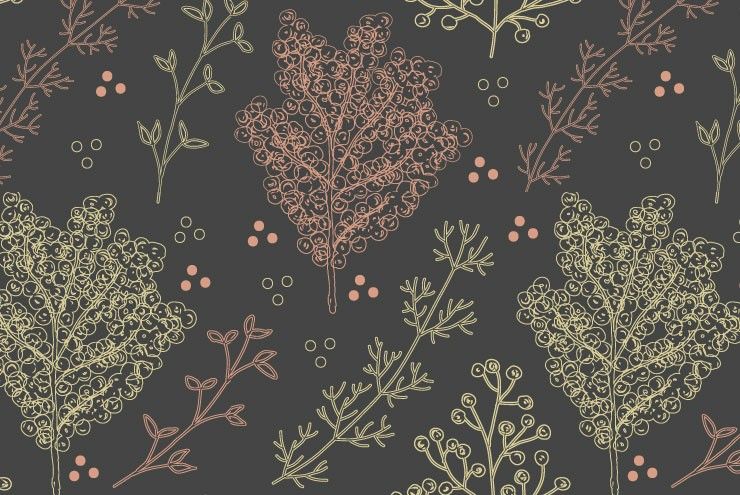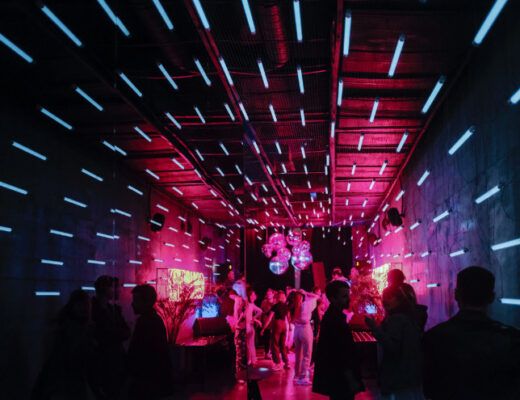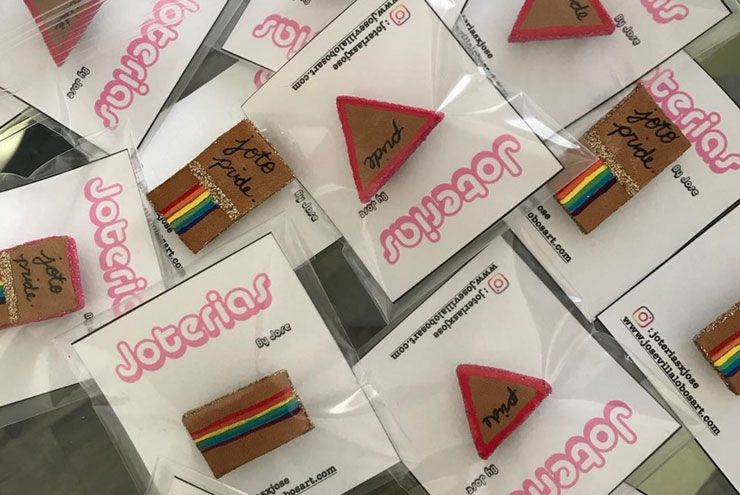By Rachel Abbott
There’s a new superhero in town, and her name is She-Ra. Well, she’s not exactly new. She-Ra originally appeared in the 1980’s as a feminine answer to He-Man, and it was widely acclaimed as being…well, campy at best. When I told one of my coworkers that I was watching She-Ra, he verbatim asked, “You mean the old toy commercial?” Sometimes delightful, sometimes cringe-worthy, always cheesy, the She-Ra of the last century was a cult favorite that faded into the fabric of the ‘80s as the decades rolled past. Those days are no longer.
Powered by Dreamworks and premiering on Netflix as one of their original series, the new She-Ra and the Princesses of Power is action-packed, charmingly drawn, and lead by a star-studded team of feminist and queer artists. At the helm as creator and showrunner is Noelle Stevenson, one of the founding artists of the all-ages comic Lumberjanes and the author and artist of Nimona. Joined by a powerful all-women writers’ room, I knew even before watching that the new She-Ra would pack an emotional and literal punch. These writers and artists have all created works that are inclusive, girl–powered, and super, super gay.
Premiering in late 2018 and already into its third season, I can confidently say that She-Ra is even better than I expected. It combines the heroic bad-assery of your favorite classic comic book heroes, like Teen Titans, with the sensitivity and inclusivity of the newer generation of TV shows, such as Steven Universe. The result is a new show that delights kids and adults alike. The short episodes and shorter seasons make it easily binge-able, but viewers beware: binge too fast and you’ll join the rest of us who are pining away waiting for season four. It’s dangerously enjoyable.
The reboot opens with protagonist Adora in training at the Horde, where she is a soldier for an evil and dystopian government. The world is mired in a war between the Horde and the Rebellion, led by Princesses who will not bow their kingdoms to darkness. When Adora finds an ancient sword in the Whispering Wood, she realizes that she’s a long lost Princess, and the most powerful of them all: She-Ra. If she wants to save Etheria, she’ll have to turn her back on everything she’s ever known—the Horde, the people who raised her, and her best friend, Catra.
As the show progresses, viewers meet a wonderfully diverse cast of Princesses. The women in the show (and it is primarily a show of women) come in all shapes, colors, and personalities. They are sensitive, feisty, nerdy, snarky, and so much more. Along with stellar character work, the friendships between the women are just as varied, full of protectiveness and rivalry and reluctance and growth. The women and their friendships feel real and complex. It’s some of the best female representation available on the small screen right now.
More notably, the show offers casual and realistic LGBTQ representation as well. Two of the minor Princesses in season one, Netossa and Spinerella, are canonically in love. We get an entire episode in season two devoted to Bow’s very sweet gay dads. Season three brought us Huntara, a woman so buff and cool that she must be a lesbian. (She also flirts with a female bartender, but that’s not even necessary. You can sense the gay on her.) During the Prom episode back in season one, we see couples of all genders—including a cameo of showrunner Stevenson and her fiancée, fellow artist Molly Knox Ostertag. In an absolutely incredible pairing, Catra shows up to prom in a fitted tux while her date Scorpia wears a classy black dress. This is the wholesome queer representation for which I have been waiting literally my entire life.
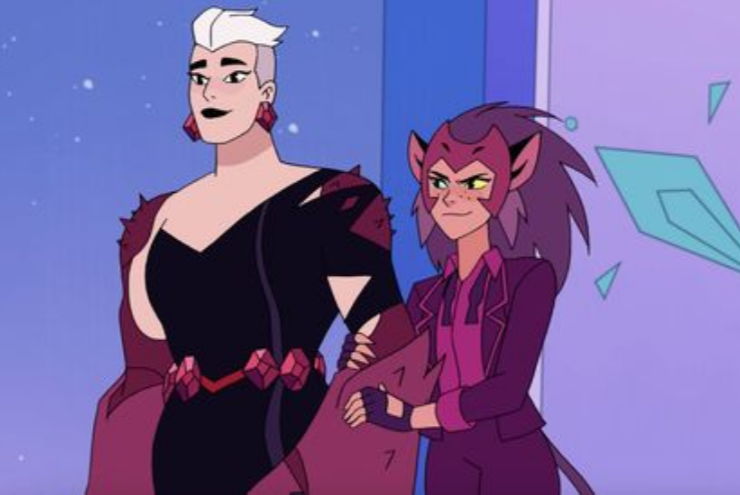
Scorpia and Catra, the unexpected femme-butch date of my dreams. Reader, I nearly passed out when they walked on screen. Photo: Netflix
What She-Ra does, and what cartoons like Steven Universe and Adventure Time have done before them, is to bring girl-power and LGBTQ representation to the forefront of family-friendly programming. When people, especially children, get to see a variety of relationships on television, queer relationships become normal. Kids can see themselves reflected on screen and think, “I’m okay just the way I am.” They can see happy, loving gay couples and think, “Maybe I could have that one day.” Normalizing queer people and relationships removes stigma, which in turn can combat the prejudice that still oppresses queer people to this day. I’m not saying that gay cartoons are going to save the world, but I’m not not saying that either.
Even beyond the benefits that LGBTQ-friendly programming can have for children, it’s refreshing and joyous to watch as an adult, too. Although queer representation in film and television improves every year, our media tends toward the dramatic. Blue is the Warmest Color, Call Me By Your Name, Brokeback Mountain, Carol, Pose, even Queer Eye—the biggest titles in LGBTQ media lean in on the tearjerking. It’s nice to watch something that isn’t fraught with forbidden love and closeted pining. She-Ra pulls off its dramatic moments well, but the overall messages of hope and the power of friendship shine through. There’s no need to bury your gays when watching this show.
My absolute dream for if and when the next season comes out: making the queer relationships between the main characters as overt as the ones between the side characters. We have heaps of romantic tension between Scorpia, Catra, and Adora—pining, jealousy, and a complicated childhood friendship are already in play here. Though the side characters are beautiful and vital on their own, I’d love to see the show take the next step forward in providing even more LGBTQ content. I realize that romance is hardly the point of this cartoon, but a girl can dream. Luckily, with a show like this, dreams don’t feel too far off from reality.
Netflix has yet to confirm a renewal for season four, but Stevenson said in 2018 that they’d already planned out four story arcs of thirteen episodes each. With three seasons and two arcs out already, viewers can remain cautiously optimistic about seeing another season of She-Ra before the year is out. I, for one, will be keeping a Netflix tab open in anticipation.


